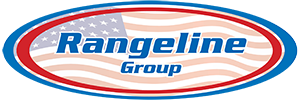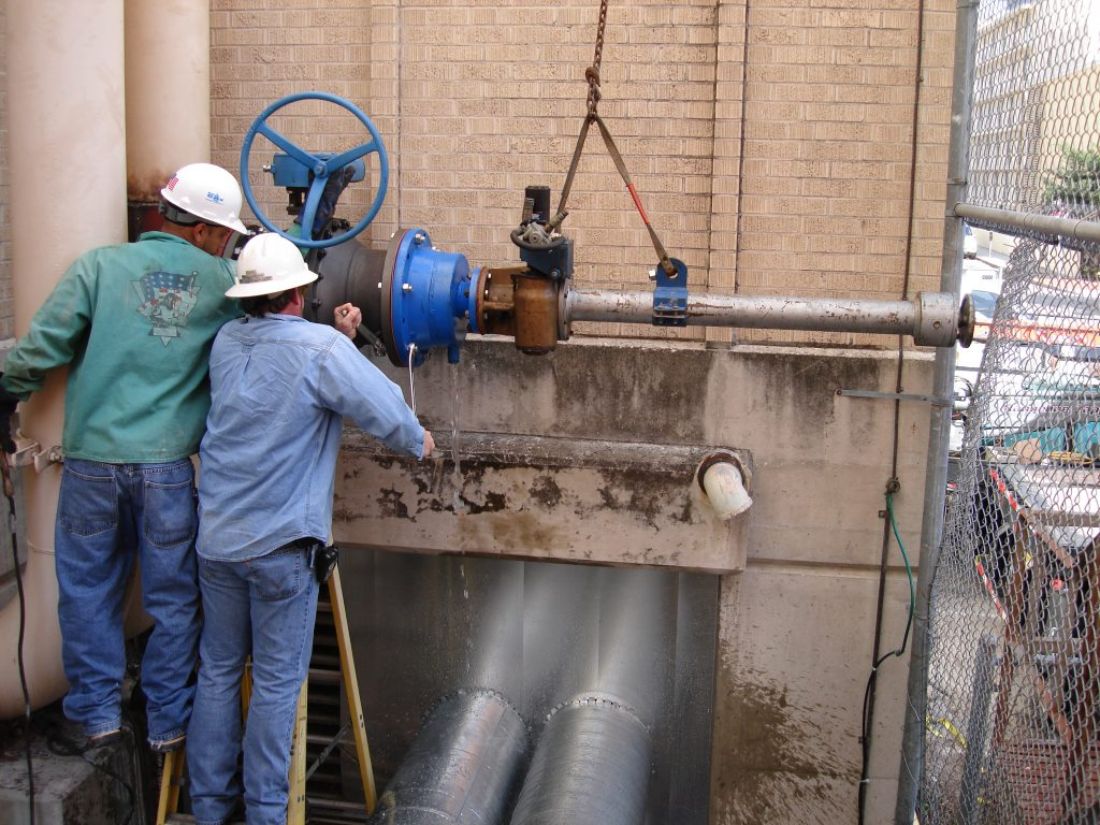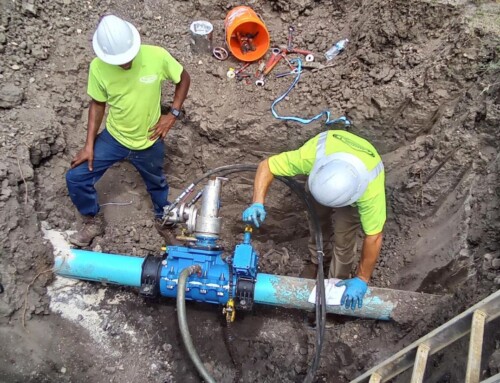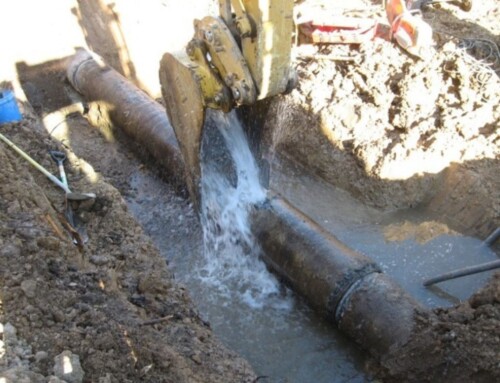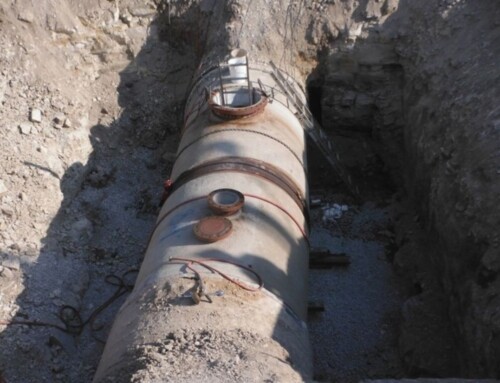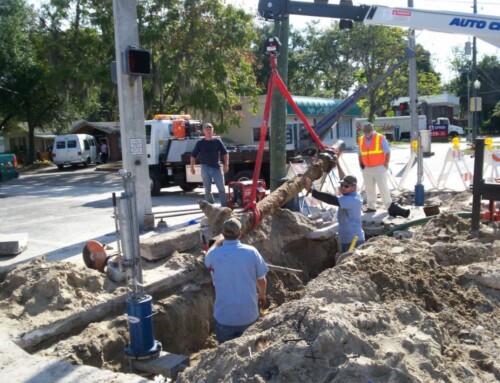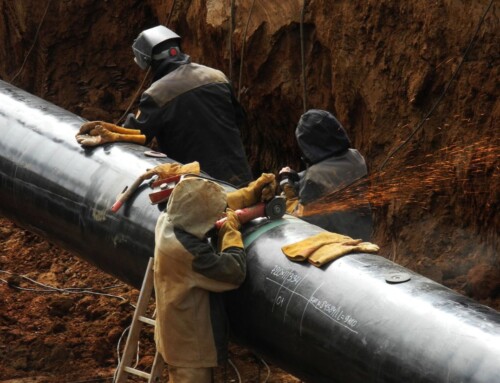Wet tapping is the process of isolating tapping into a pipe so that the resources flowing through a greater pipeline can be rerouted without interrupting service. The operation of pipelines is essential, and interrupting service for even a short period can deprive hundreds of people of basic resources like water and energy. Here are three things to know about pipeline wet tapping services to help you understand how wet tap water lines have become so prominent.
Benefits of Wet Tapping
In addition to isolating tapping into pipes without interrupting service, the wet tapping method has a few extra benefits. For instance, wet tapping is the most efficient method of maintaining pipelines because stopping service and draining the pipeline is not necessary. Wet tapping is the only method that allows us to deliver supplementary tie-ins or modifications to an existing system with relative ease and little interruption.
The Tapping Machine
One thing to know about pipeline wet tapping services is the importance of the tapping machine. Most tapping machines feature a shaft that extends, giving access to the tapping valve through the sleeve. Additionally, these machines feature a drill or shell cutter to cut through the side of the pipe—with larger taps capable of retaining the portion of the pipe that has been cut out—which is called the coupon. The coupon is used for measurements that ensure pipe fittings are appropriately applied. This one machine is the bread and butter of the operation.
Hot Tap vs. Wet Tap
You may hear wet tapping and hot tapping used interchangeably. These two services are functionally the same. The difference lies in the materials the systems are made from. Hot taps are typically used for pipelines that don’t deal with sewage or water and are made from copper, brass, carbon, or stainless steel. These materials require a more welded application.
Wet taps, on the other hand, are used on pipe materials that can’t be welded. You’ll usually find hot taps in industrial settings like hospitals, chemical plants, or refineries.
